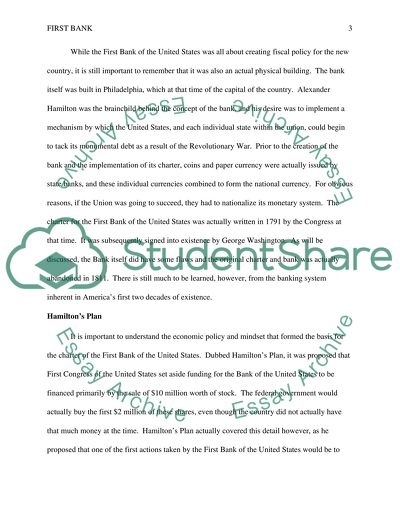Cite this document
(“Tthe First Bank of the United States Essay Example | Topics and Well Written Essays - 2000 words”, n.d.)
Tthe First Bank of the United States Essay Example | Topics and Well Written Essays - 2000 words. Retrieved from https://studentshare.org/macro-microeconomics/1666080-tthe-first-bank-of-the-united-states
Tthe First Bank of the United States Essay Example | Topics and Well Written Essays - 2000 words. Retrieved from https://studentshare.org/macro-microeconomics/1666080-tthe-first-bank-of-the-united-states
(Tthe First Bank of the United States Essay Example | Topics and Well Written Essays - 2000 Words)
Tthe First Bank of the United States Essay Example | Topics and Well Written Essays - 2000 Words. https://studentshare.org/macro-microeconomics/1666080-tthe-first-bank-of-the-united-states.
Tthe First Bank of the United States Essay Example | Topics and Well Written Essays - 2000 Words. https://studentshare.org/macro-microeconomics/1666080-tthe-first-bank-of-the-united-states.
“Tthe First Bank of the United States Essay Example | Topics and Well Written Essays - 2000 Words”, n.d. https://studentshare.org/macro-microeconomics/1666080-tthe-first-bank-of-the-united-states.


